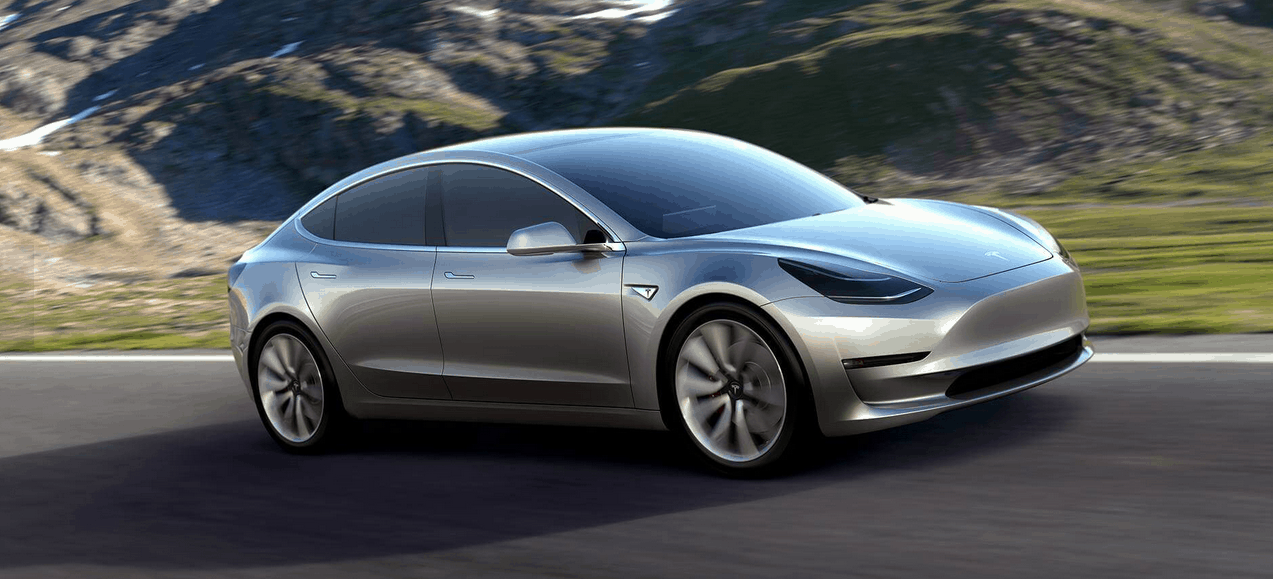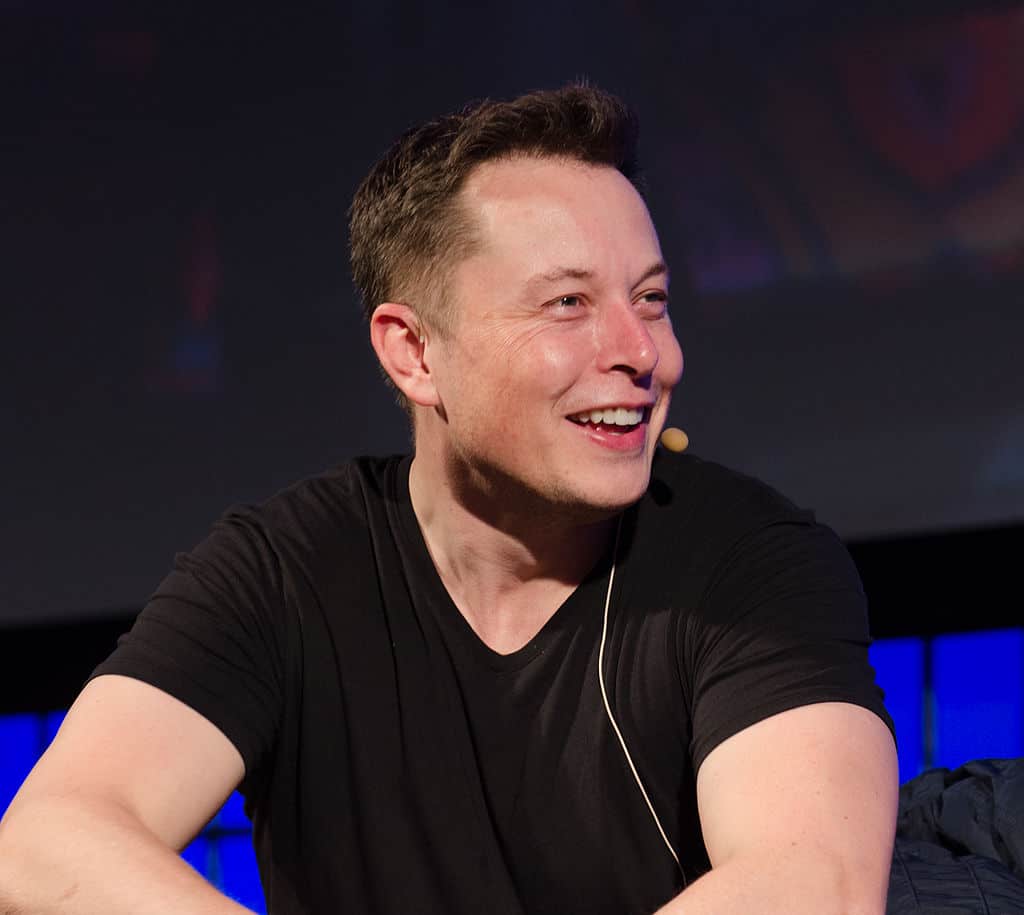
Tesla is to install hardware for full autonomous operation in all its cars, but it will only be activated when the company has proved it is safe
Electric car manufacturer Tesla has announced that all of its future vehicles will be equipped with self-driving technology. The company claims that autonomous capability will make Teslas safer than human-driven cars, will reduce the cost of transportation and will "provide low-cost on-demand mobility" for those who do not own vehicles themselves. The system represents an updated version of Tesla's existing Autopilot driver assistance technology.
In a statement issued on Wednesday, Tesla explained that all of its vehicles, including those currently produced in his Nevada factory and the new Model 3 – slated to be the lowest-cost Tesla but which has yet to be formally launched – will all be equipped with "the hardware needed for full self-driving capability at a safety level substantially greater than that of a human driver."
This hardware will include eight surround cameras providing 360° vision around the car to a distance of 250m; 12 ultrasonic sensors designed to detect both hard and soft objects and twice the distance of its previous sensor system; a forward - facing radar with enhanced processing which the company claims can see through heavy rain, fog, dust and even the car in front; and a new on-board computer running a proprietary neural net to process the visual, sonar and radar data.
"Together, this system provides a view of the world that a driver alone cannot access, seeing in every direction simultaneously and on wavelengths that go far beyond the human senses," Tesla claimed.
Although Model X and Model S cars with this hardware installed are already available, Tesla said that the features enabled by the system are not yet activated. Before this happens, the company said it would calibrate the system using real-world driving experience data "to ensure significant improvements to safety and convenience."
Until this happens, it added, the cars with new hardware will lack the automatic emergency braking, collision warning, lane holding and active cruise control features that are a part of the first generation Autopilot. As these figures are validated in the new system, Tesla said it would enable them over the air, as well as installing new features as part of its standard software-updating process.

According to Tesla chief executive Elon Musk, before the features are enabled the system will run in "shadow mode", gathering information on whether it would have avoided an accident if it has been in command of the vehicle. This data could be used to prove to regulators that self-driving was more safe than having humans in control, he said. It makes sense to install the new hardware now, because retrofitting it could cost consumers more than buying a new vehicle, Musk added.
The existing Autopilot system has caused Tesla trouble this week, as the German transport ministry has requested that the company stop using the term "autopilot" in its advertising, as it deems the existing system to be merely a driver aid and believes its advertising gives the impression that it is a full autonomy system. The company replied that Autopilot "reduces driver workload and provides an additional level of safety when compared to purely manual driving." In May of this year, a Model S driver was killed when his autopilot system failed to react to a truck in time to avoid a crash. This led to the maker of the driver assistance features, Israeli company Mobileye, issuing a statement saying Tesla was "pushing the envelope in terms of safety." One update to the system Tesla has already installed prevents Autopilot taking control if the driver has a habit of taking his or her hands off the wheel.
Tesla has issued the following video of the autonomous system in operation.




Red Bull makes hydrogen fuel cell play with AVL
Surely EVs are the best solution for motor sports and for weight / performance dispense with the battery altogether by introducing paired conductors...